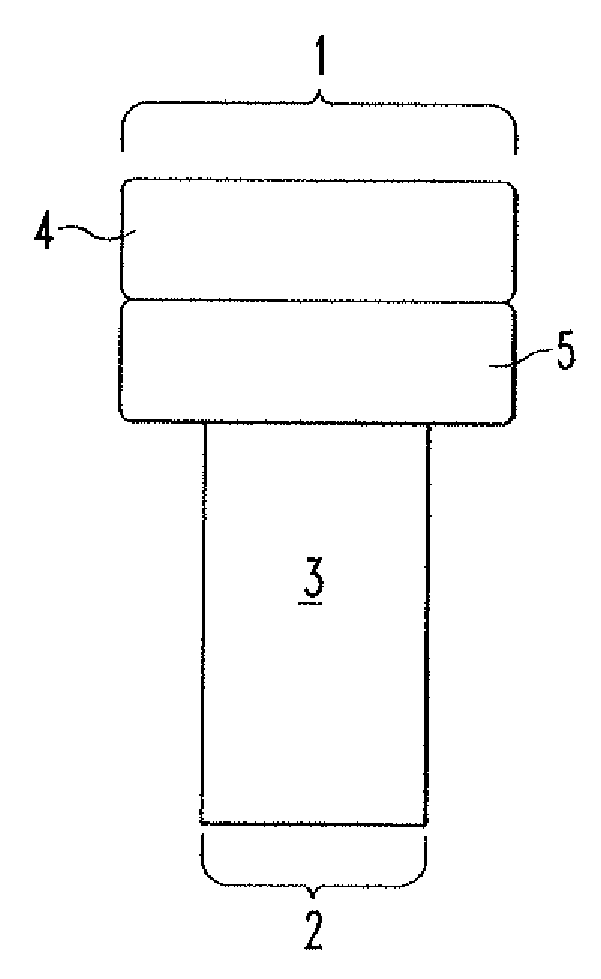Implant Scaffold Combined With Autologous Tissue, Allogenic Tissue, Cultured Tissue, or combinations Thereof
a technology of allogenic tissue and implants, applied in the field of implants, can solve the problems of difficult stabilization and fixation into joints, delivery of such allogenic or autologous tissue to patients, and difficulty in maintaining position, so as to increase the ingrowth of patient's tissue, reduce or prevent an immune response, and increase the repair of damaged tissue
- Summary
- Abstract
- Description
- Claims
- Application Information
AI Technical Summary
Benefits of technology
Problems solved by technology
Method used
Image
Examples
examples
[0082] In an example, an implant having a cylindrical design with a central cylindrical bore is used to repair a tissue defect. The bore is slightly tapered to accommodate and provide an interface fit for a cylindrical bone plug. The outer diameter of the plug is about 25 mm. The bore diameter is about 11 mm at its proximal end. The length of the plug is approximately 15 mm.
[0083] A 25 mm sizing drill guide is centered over the center of the lesion in femoral cartilage and gently tapped into the articular cartilage. A 2.4 mm drill tip guide pin is placed into the guide and secured into the bone of the distal femur. The 25 mm drill guide is then removed. A cannulated 4 mm drill tip guide pin is placed over the 2.4 mm drill tip guide pin and secured into the sub-chondral bone. The 2.4 mm guide pin is then removed. A 25 mm drill / reamner is used to create a femoral socket in the bone equal to the length of the implant. A 10 mm autologous bone graft is harvested and the resulting defect...
PUM
| Property | Measurement | Unit |
|---|---|---|
| Radius | aaaaa | aaaaa |
| Radius | aaaaa | aaaaa |
| Radius | aaaaa | aaaaa |
Abstract
Description
Claims
Application Information
 Login to View More
Login to View More - R&D
- Intellectual Property
- Life Sciences
- Materials
- Tech Scout
- Unparalleled Data Quality
- Higher Quality Content
- 60% Fewer Hallucinations
Browse by: Latest US Patents, China's latest patents, Technical Efficacy Thesaurus, Application Domain, Technology Topic, Popular Technical Reports.
© 2025 PatSnap. All rights reserved.Legal|Privacy policy|Modern Slavery Act Transparency Statement|Sitemap|About US| Contact US: help@patsnap.com



